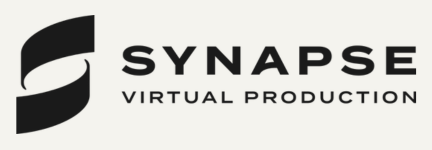
How DAC’s TotalSERP Tool Helps Brands Cut Through the SERP Clutter

As search engine results pages (SERPs) become increasingly fragmented and competitive, brands are losing the visibility they once took for granted.
“Today’s SERP is no longer linear or predictable.” said Tunahan Yildiz, director, business development, at DAC Munich. “AI-generated answers, local listings, forums, and large language models (LLMs) are all competing for attention. If you only focus on one channel, you're essentially blind to how users are really interacting with your brand online."
Speaking on a webinar for marketers titled TotalSERP: Visibility at all Levels, Tunahan was joined by Ben Moll, managing director of DAC Munich to discuss the impact that AI, zero-click searches and AI overviews are having on Google search results, and what this means for brands.
They also explored why an integrated approach across paid, organic and local enables full SERP visibility, and the role of data, automation and AI in planning and optimising visibility.
At the heart of the session was DAC’s TotalSERP – an AI-and tech-enabled platform designed to help brands spot and seize visibility opportunities across paid, organic, and local channels.
TotalSERP helps to understand search intent and deliver relevant content. Explaining the solution in more detail, Tunahan said, “The customer journey through search is not about being seen, but about being chosen. TotalSERP helps brands move beyond rankings to understand what actually drives the user to click and convert across all digital touchpoints."
The webinar explained that in order to stay competitive, brands must utilise a unified strategy that combines paid, organic, social and local SEO. Using one strategy in isolation is no longer sufficient, and in this crowded space, data sources must be combined into a unified view.
This is where DAC’s TotalSERP tool comes into play, enabling brands and marketers to compare data sets, which all provide ‘different flavours’ of insight side by side and unpack how one channel – such as Google Analytics, SEMRUSH, SerpApi, Adobe Analytics and many others – can affect another.
TotalSERP uses AI and NLP (Natural Language Processing) from the offset, building a backbone of query data that’s representative of the search terms for a given brand or business. This data can then be organised by topic, subtopic and intent – helping to understand the nature of a search, and highlight where brands are, and crucially, aren’t, standing out on the search page.
In today’s SERP landscape, visibility is no longer about dominating one channel – it’s about understanding how they all intersect. Tools like TotalSERP aim to bring that full picture into focus.












